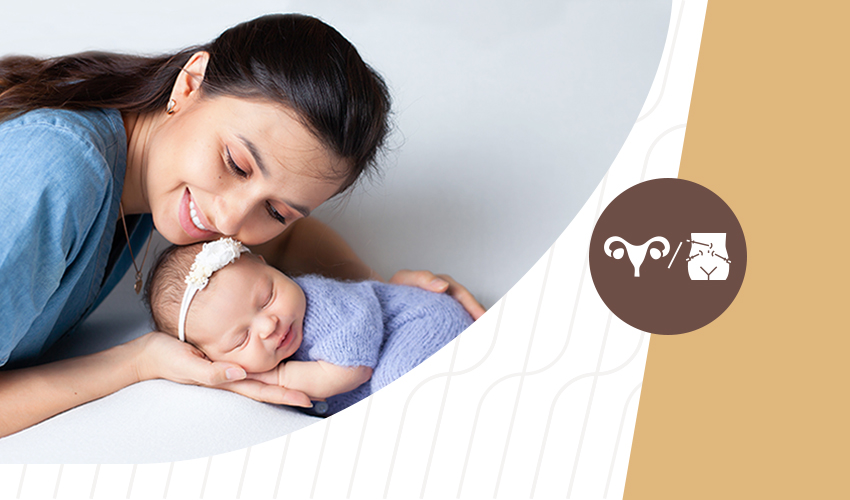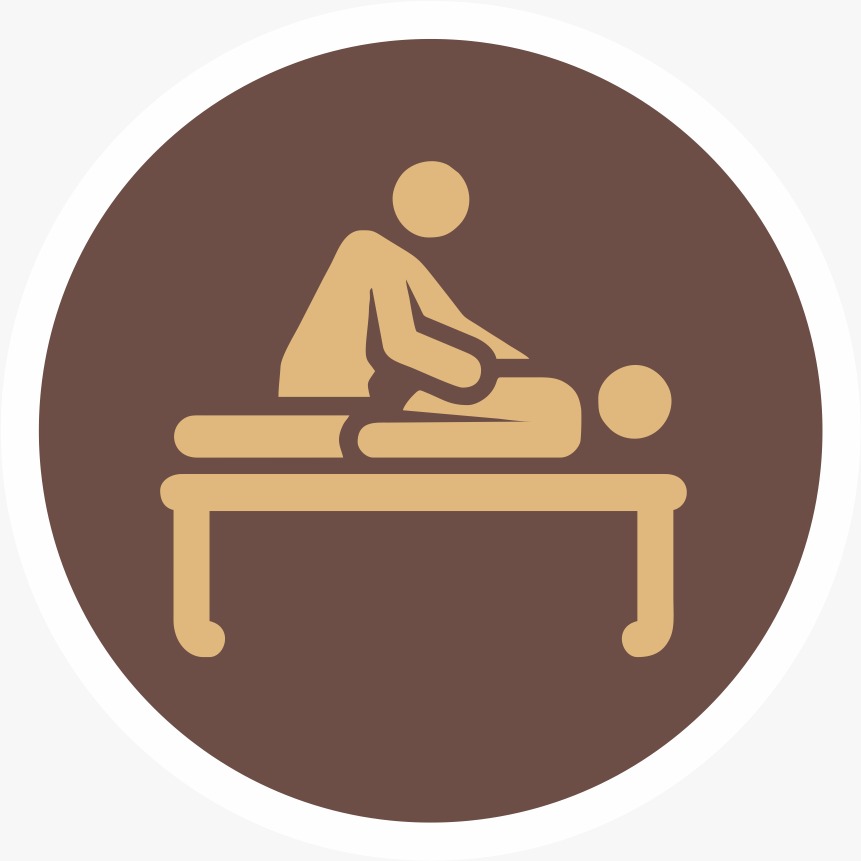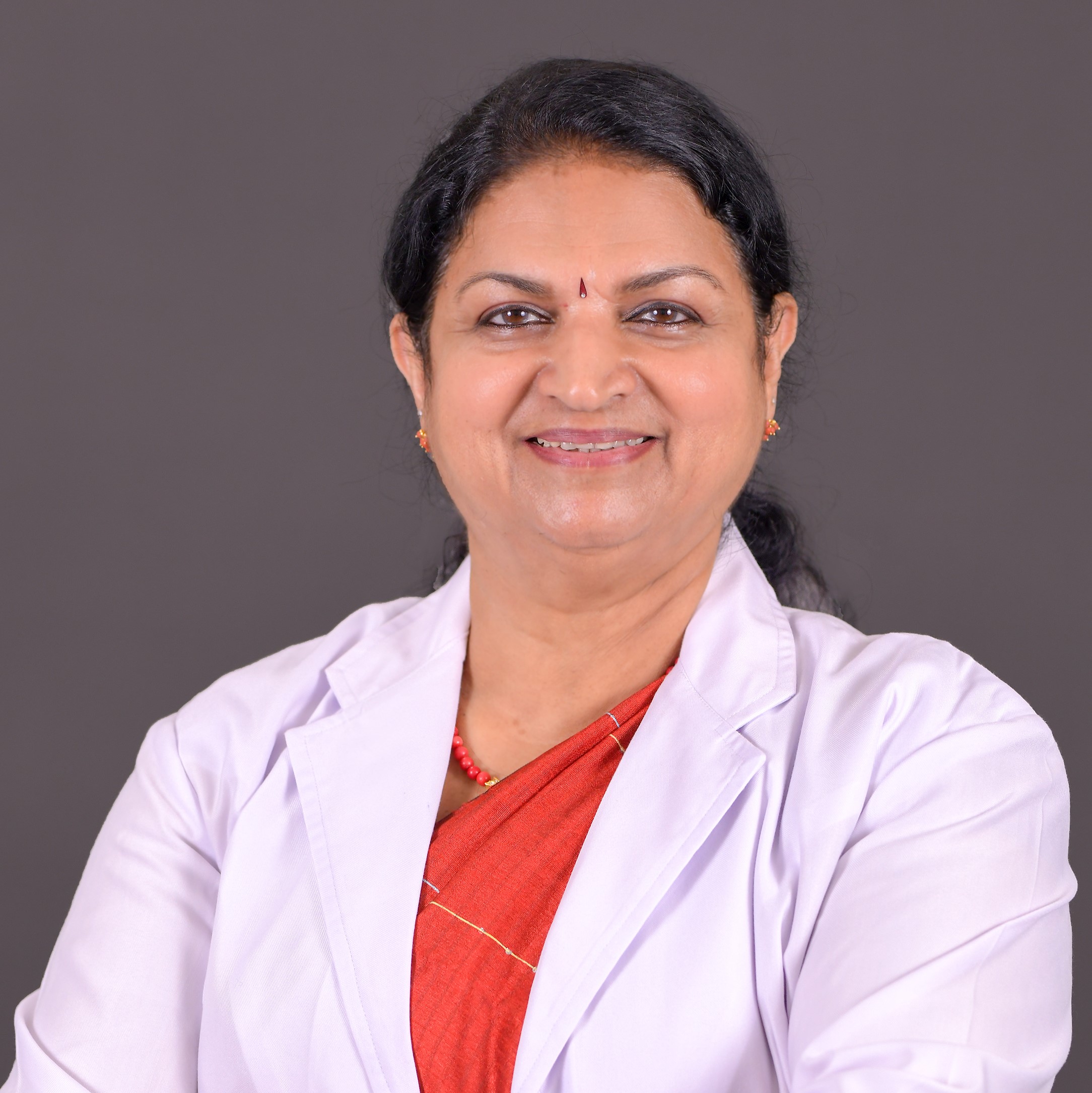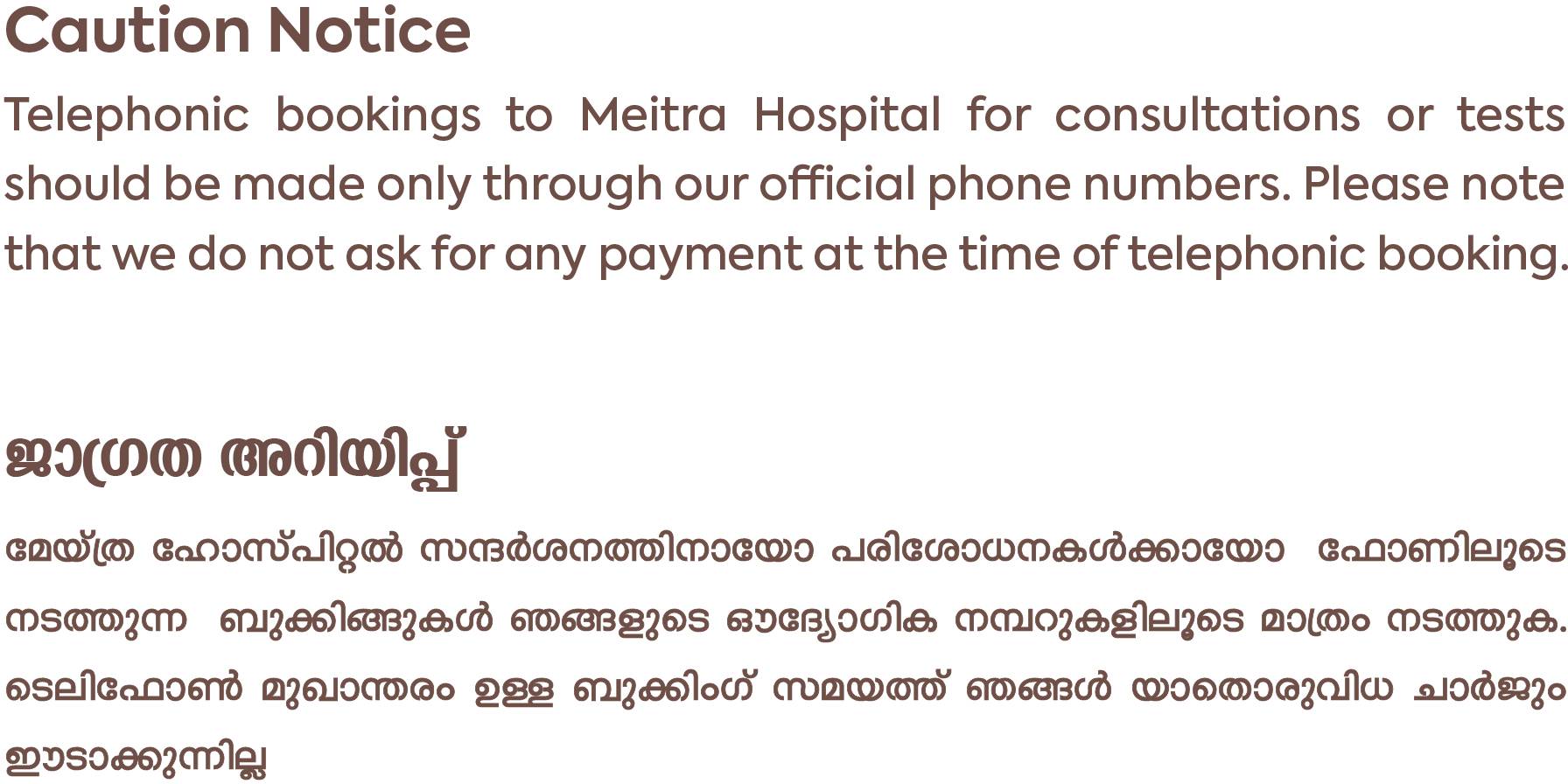- Our Doctors
- Our Specialities
Centres of Excellence
-
 Centre for Blood Diseases, BMT & Cancer Immunotherapy
Centre for Blood Diseases, BMT & Cancer Immunotherapy -
 Centre for Bone, Joint & Spine
Centre for Bone, Joint & Spine -
 Centre for Critical Care Medicine and ECMO Services
Centre for Critical Care Medicine and ECMO Services -
 Centre for Gastrosciences
Centre for Gastrosciences -
 Centre for Heart & Vascular Care
Centre for Heart & Vascular Care -
 Centre for Nephro-Urosciences
Centre for Nephro-Urosciences -
 Centre for Neurosciences
Centre for Neurosciences -
 Centre for Obstetrics and Gynaecology
Centre for Obstetrics and Gynaecology -
 Centre for Organ Transplantation
Centre for Organ Transplantation
Super Speciality
-
 Advanced Diagnostic and Interventional Radiology
Advanced Diagnostic and Interventional Radiology -
 Anesthesiology & Pain Management
Anesthesiology & Pain Management -
 Clinical Nutrition and Dietetics
Clinical Nutrition and Dietetics -
 Dental and Maxillofacial Surgery
Dental and Maxillofacial Surgery -
 Dermatology
Dermatology -
 Emergency and Trauma
Emergency and Trauma -
 Endocrinology and Metabolic Disease
Endocrinology and Metabolic Disease -
 ENT and Head & Neck Surgery
ENT and Head & Neck Surgery -
 Family Medicine
Family Medicine -
 General and Laparoscopic Surgery
General and Laparoscopic Surgery -
 General Medicine
General Medicine -
 GI Onco Surgery
GI Onco Surgery -
 GI Oncology
GI Oncology -
 GI Surgery, Advanced Laparoscopy and Gastro Oncosurgery
GI Surgery, Advanced Laparoscopy and Gastro Oncosurgery
-
- Key Procedures
- Our Hospitals
- International Patient
- Contact us
-
Quick Links


Gynecological Laparoscopy
A gynaecological laparoscopy is a keyhole procedure that allows your surgeon to examine your pelvis (lower abdomen) including the fallopian tubes, ovaries, and womb.
There are two types of laparoscopy:
- Diagnostic laparoscopy
- Operative laparoscopy
Diagnostic laparoscopy is an investigative operation and is usually undertaken to investigate things like abdominal/pelvic pain and to check in infertility cases that the fallopian tubes are patent (open). Diagnostic laparoscopies generally take about 45 minutes from start to finish.
An Operative Gynaecological laparoscopy may be used to treat endometriosis or pelvic inflammatory disease, remove an ectopic pregnancy, perform female sterilisation, remove an ovarian cyst/ovary and fallopian tube or take a biopsy, perform a key-hole hysterectomy (removal of the womb). An operative laparoscopy will take longer as more is being done and is anything from 1 to 3 hours depending on the complexity of the surgery being undertaken.
Your gynaecologist will explain the reason for undertaking a laparoscopy if it is for a different reason other than those listed above.
Pre-assessment
All patients who require an elective laparoscopy will attend the hospital for a pre-assessment. This is usually undertaken at the time of your outpatient appointment when you are advised to undergo a gynaecological laparoscopy.
About the Procedure
A laparoscope is a long, thin telescope with a light and a camera lens at the tip. It is passed through the abdomen usually through a small incision (cut) at the level of your umbilicus (tummy button). Your surgeon will examine your pelvis by looking either directly through the laparoscope or at pictures on a TV screen. The examination is done under general anaesthesia; this means you will be asleep during the procedure.
What to Expect Afterwards
You will need to rest until the effects of the anaesthesia have passed. This will depend on the length of your operation and the type of surgery you have undergone. If you are uncomfortable or in pain, you may need painkillers. It is normal to have some vaginal bleeding after the procedure. If a dye was used, you may have a dark vaginal discharge for a day or two. This is nothing to worry about.
Going Home
You will usually be able to go home once you have made a full recovery from the anaesthetisiaHowever, you will need to arrange for someone to drive you home if your procedure has been scheduled as a day case and you are staying in the hospital for less than 24 hours. A full recovery can take up to 7 – 14 days or longer.
Worried about Adolescent Disorder? Dr. Aruna Menon | Centre for Obstetrics and Gynaecology | Meitra Hospital
Meet Our Doctors
Experienced Medical professionals for a superior patient experience.
Dr. Reshma Rasheed
Associate Consultant
Centre for obstetrics and gyna...
View Profile Book an AppointmentFrequently Asked Questions
Should my sisters and other family female members get checked, if I have endometriosis?
Women are more likely to develop endometriosis if a close female relative from their parent's side has endometriosis. Likewise, if you have been diagnosed with endometriosis, and someone in your family has painful periods and pelvic pain at other times during her menstrual cycle that interfere with school and social activities, it is a good idea to suggest that they get evaluated by a gynecologist.
What are the benefits of laparoscopic surgery?
The benefits of laparoscopy include less pain and faster recovery. This is in comparison to open surgery, which may usually involve longer hospital stays and recovery times. Some laparoscopic surgeries are complete within a couple of hours and you usually go home the same day or the next morning versus a standard open surgery that requires 3-5 days in the hospital. The smaller incisions help you heal faster than open surgery, depending on the type of surgery and your overall health. With laparoscopy, your incision(s) will be very small, as compared to an open surgery where your incision may be approximately up to 12 inches.
What is laparoscopic surgery?
In laparoscopic surgery, the surgeon uses special long-handled tools and looks at magnified images on a video screen. The laparoscope (camera) is used to make those enlarged images. The surgeon stands beside the patient, holds the camera, and manually runs the surgical instruments while watching the image on a screen. Early on, laparoscopy was mostly used to diagnose health problems. But over the last 50 years, laparoscopy has become a tool that’s used for a wide variety of conditions and is one of the most common surgeries being done around the world.

 +91 9393 108 108
+91 9393 108 108


















































